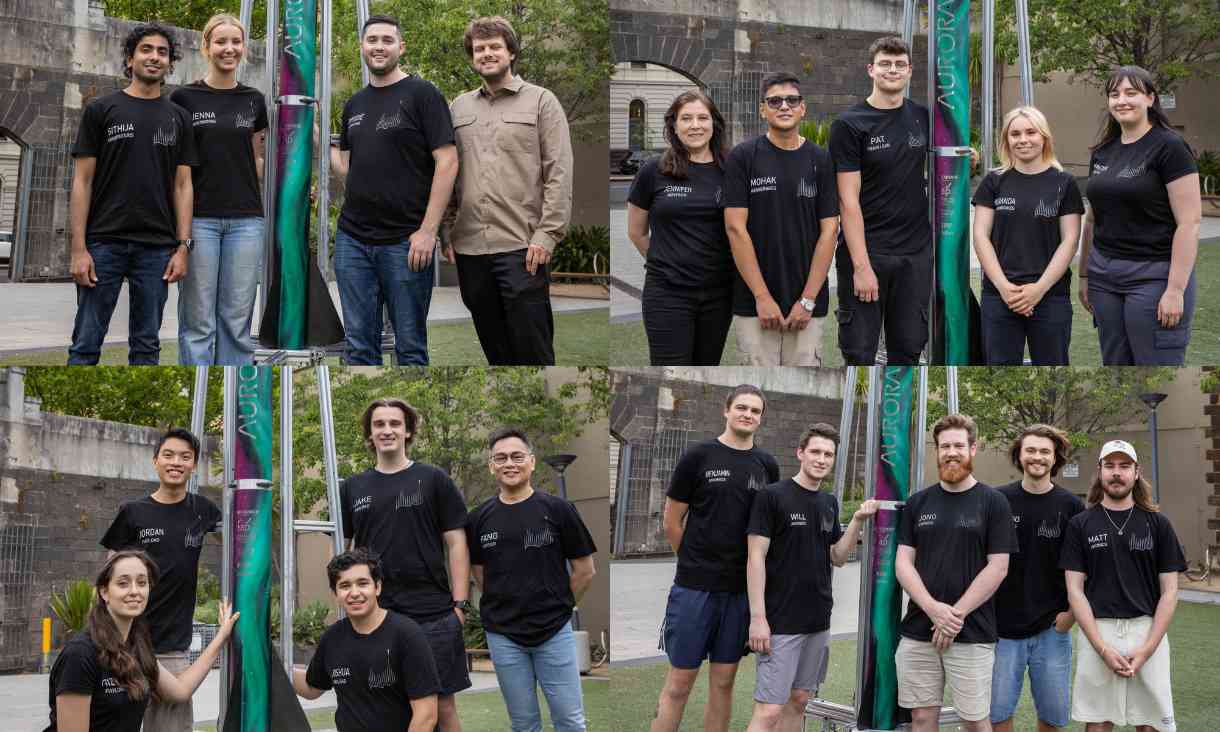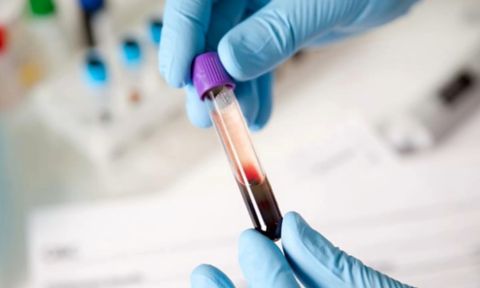The touch-responsive technology is 100 times thinner than existing touchscreen materials and so pliable it can be rolled up like a tube.
To create the new conductive sheet, an RMIT University-led team used a thin film common in mobile phone touchscreens and shrunk it from 3D to 2D, using liquid metal chemistry.
The nano-thin sheets are readily compatible with existing electronic technologies and because of their incredible flexibility, could potentially be manufactured through roll-to-roll (R2R) processing just like a newspaper.
The research, with collaborators from UNSW, Monash University and the ARC Centre of Excellence in Future Low-Energy Electronics Technologies (FLEET), is published in the journal Nature Electronics.
Lead researcher Dr Torben Daeneke said most mobile phone touchscreens were made of a transparent material, indium-tin oxide, that was very conductive but also very brittle.
“We’ve taken an old material and transformed it from the inside to create a new version that’s supremely thin and flexible,” said Daeneke, an Australian Research Council DECRA Fellow at RMIT.
“You can bend it, you can twist it, and you could make it far more cheaply and efficiently than the slow and expensive way that we currently manufacture touchscreens.
“Turning it two-dimensional also makes it more transparent, so it lets through more light.
“This means a mobile phone with a touchscreen made of our material would use less power, extending the battery life by roughly 10%.”
Thick and thin: how to turn an old material new
To create the new type of atomically-thin indium-tin oxide (ITO), the researchers used a liquid metal printing approach.
An indium-tin alloy is heated to 200C, where it becomes liquid, and then rolled over a surface to print off nano-thin sheets of indium tin oxide.
These 2D nano-sheets have the same chemical make-up as standard ITO but a different crystal structure, giving them exciting new mechanical and optical properties.
As well as being fully flexible, the new type of ITO absorbs just 0.7% of light, compared with the 5-10% of standard conductive glass. To make it more electronically conductive, you just add more layers.




.jpg)
